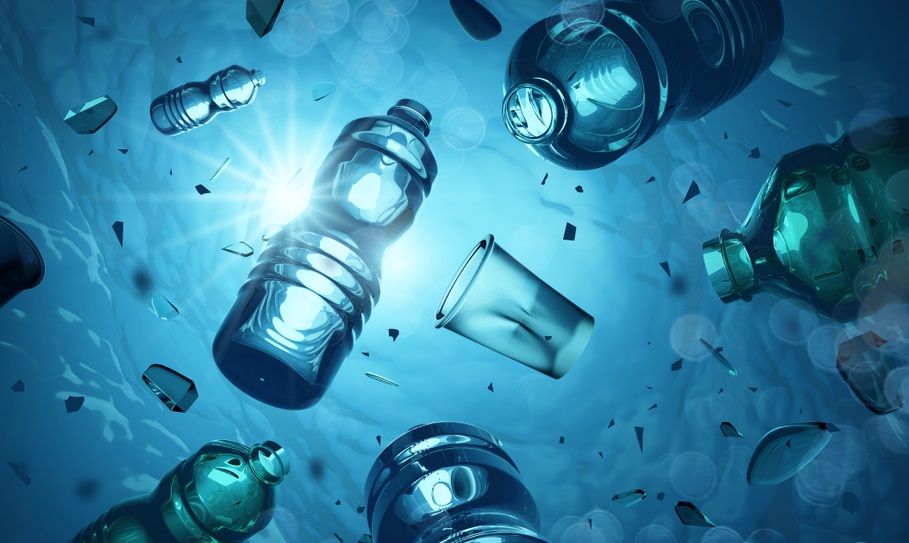The ‘disappeared plastic’ in de oceans has been recovered, British researchers claim. But Bart Koelmans argues that to begin with, it wasn’t really gone.
It was a mystery for a long time. Of all the plastics that find their way to the ocean, only a small portion was found in measurements. The rest seemed to have vanished. New measurements carried out at sub-200 metre depths show large amounts of microplastics at this level. Aquatic ecology professor Bart Koelmans explains.
Has the plastic now been found?
‘The question is if it was ever gone. I always felt it could likely be found deeper under the surface of the ocean. A portion of the plastic that finds its way to the ocean could no longer be found when measurements were conducted. But if you carry out limited measurements, can you really say it is lost? We have always known that there is much more microplastic in the ocean than shown in measurements. My group proved this using model studies in 2017, in a study with the telling title: All is not lost.’
But this has now been measured.
‘The study is exemplary. The measurements were conducted meticulously and reliably. What is new, is that measurements were now carried out at three different depths beyond 200 metres in the water column. Moreover, smaller particles were measured. To date, measurements were carried out primarily in the top five metres. The measurements were done using infra-red technology and were much more precise than previous studies. It’s great work, but the results are hardly surprising: the mystery had already been solved.’
My group proved this using model studies in 2017, in a study with the telling title: All is not lost.
Bart Koelmans, professor of Aquatic Ecology and Water Quality
A team of experts working under your supervision concluded in an EU-report last year that the direct impact of microplastics and nanoplastics is less dramatic than expected. Does this conclusion stand in the face of this research?
‘Yes. The concentration of microplastics in this British study is approximately one particle per litre of seawater. That is well below the effect-threshold for sensitive organisms. Furthermore, the study is based on just a few measuring points; only twelve locations were measured over a total length of 10.000 kilometres of ocean.’
Nothing to worry about?
‘Certainly. If we do not intervene, the situation will become detrimental within a few decades. The fact that the entire water column is a veritable soup of different types of plastics is concerning. This study contributes to awareness of this issue. I am now working with 15 other experts towards an EU-proposal to map the entire flow of plastics. How can we understand it, what is the ecological impact, and when will we reach critical thresholds.’

 Photo: Shutterstock
Photo: Shutterstock 

